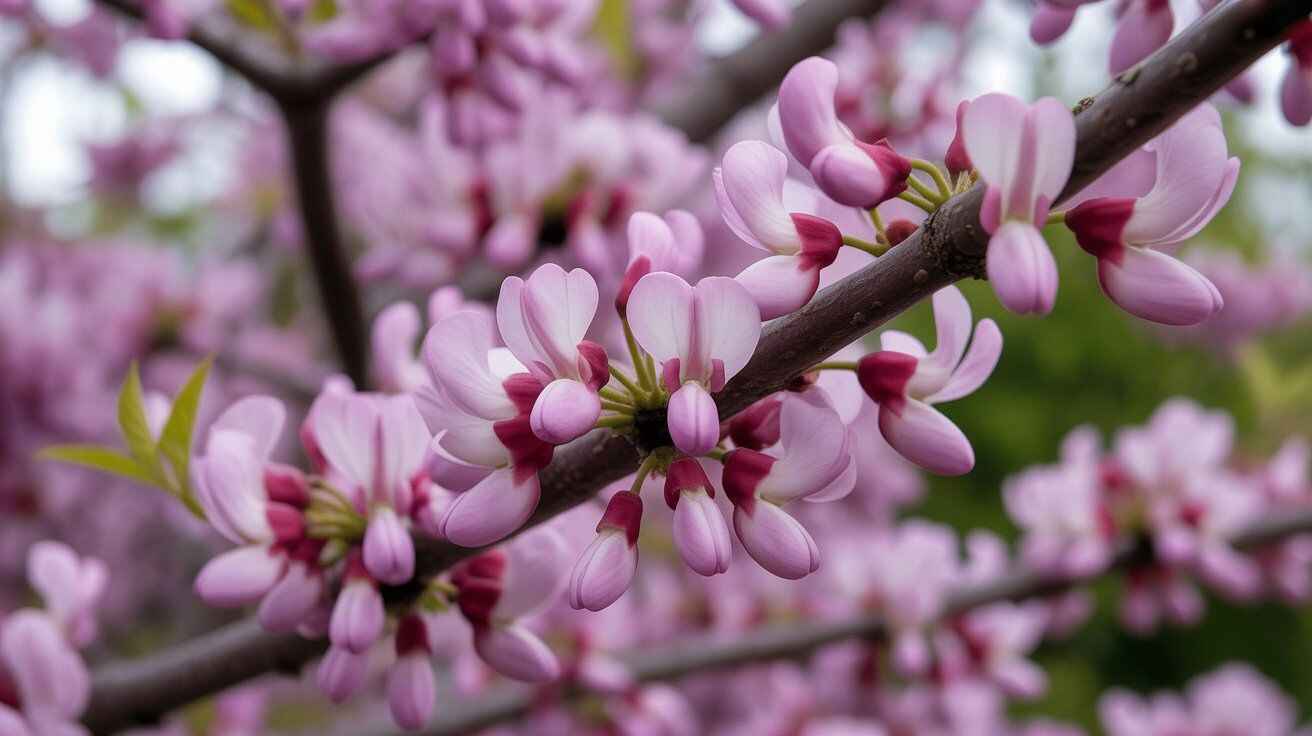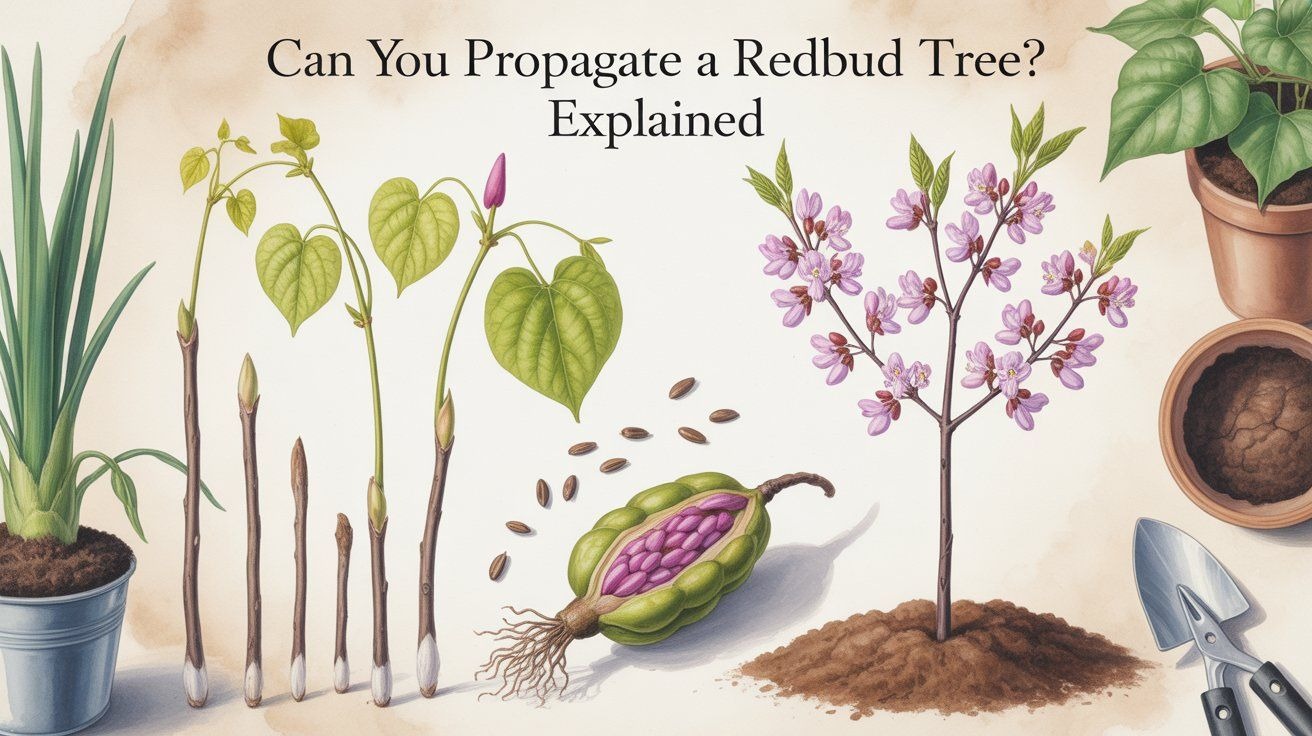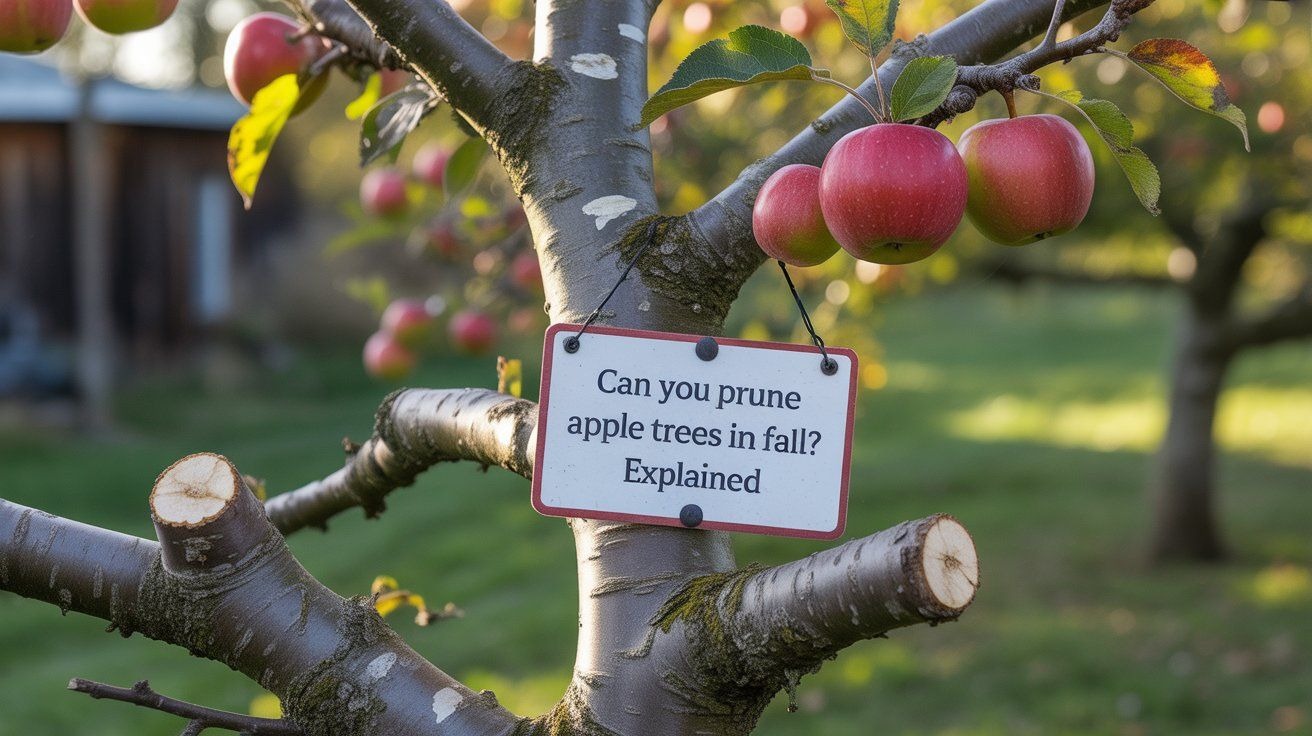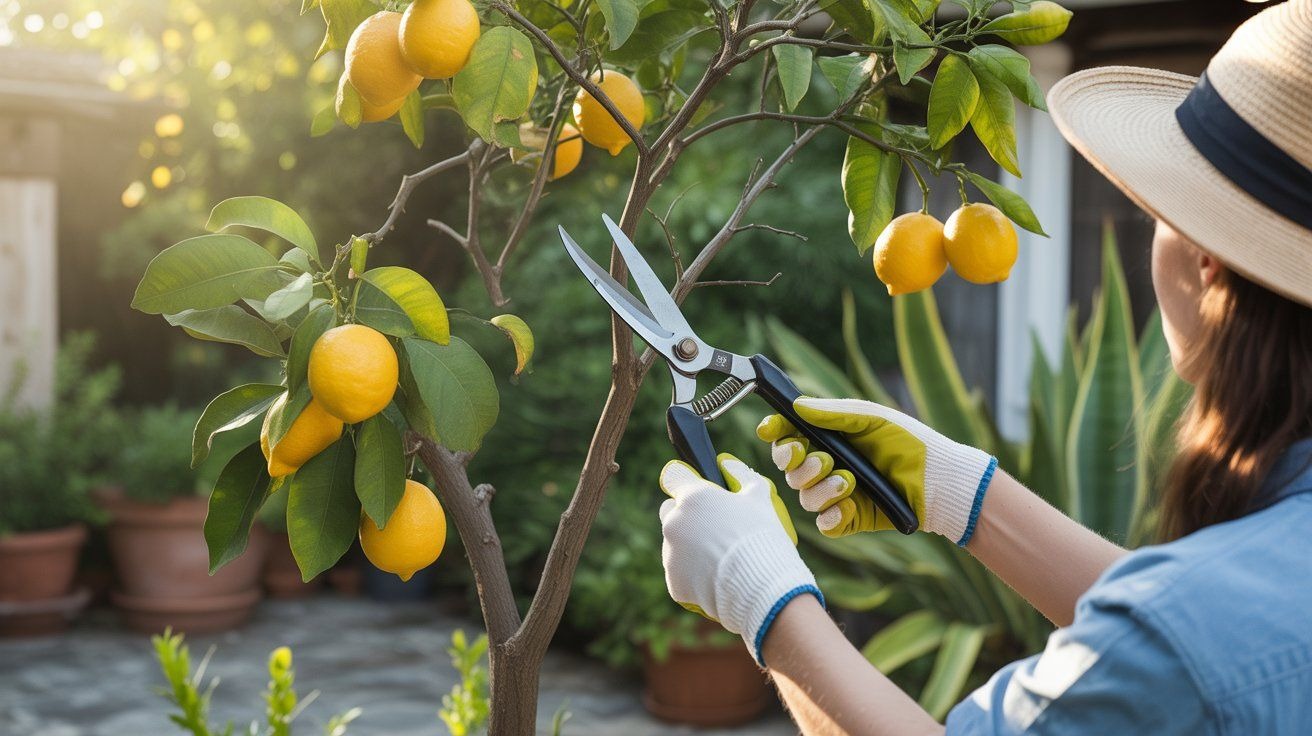Can you trim a magnolia tree? Learn the best time, proper methods, and expert tips to prune safely—protecting blooms, encouraging growth, and health.
Why Should You Trim a Magnolia Tree?
Many gardeners ask, can you trim a magnolia tree for reasons other than looks? The answer is yes — pruning plays a vital role in overall magnolia tree care. Trimming helps remove weak or dead branches, prevents disease from spreading, and encourages better airflow through the canopy.
It also keeps the tree’s natural shape balanced and prevents overgrowth that can block sunlight in your garden. Proper magnolia pruning supports long-term health, stronger branches, and more reliable blooms season after season.
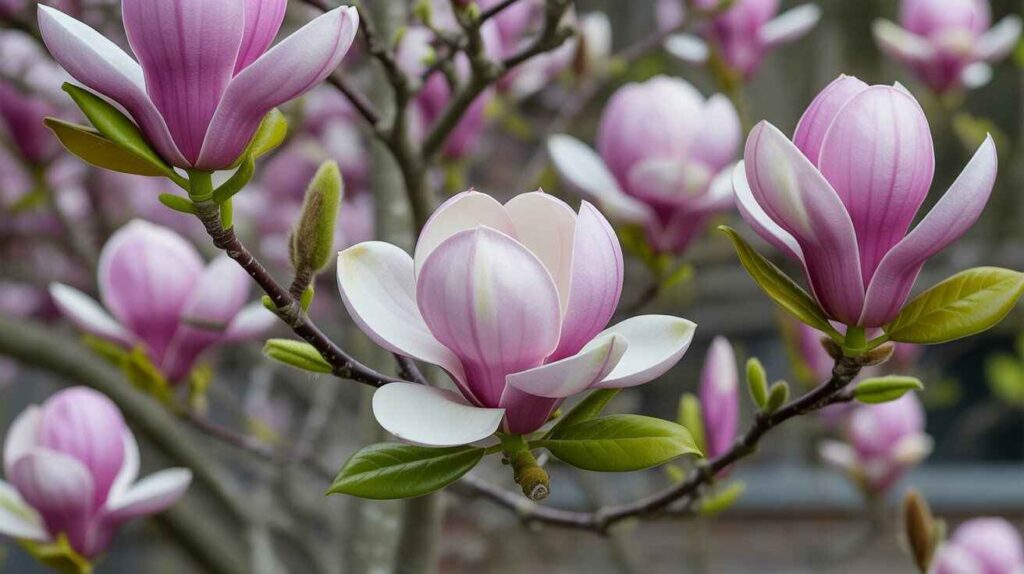
Best Time to Trim a Magnolia Tree
Knowing when can you trim a magnolia tree is just as important as how you do it. The safest time is right after the tree has finished flowering in spring, or during its dormant season in late winter. Trimming at these times reduces the risk of magnolia sap bleeding and stress that can weaken the tree.
Avoid summer pruning, since it often leads to lost blooms and higher disease risk. Correct timing ensures healthier growth and more consistent flowers each year.
How Much Can You Trim a Magnolia Tree Without Damage?
Gardeners often ask, how much can you trim a magnolia tree without harming it? The rule of thumb is to remove no more than 20–30% of the canopy in a single season. Heavy cuts create stress and may reduce flowering.
Instead, focus on gradual magnolia pruning, spreading bigger adjustments over several years. This approach prevents undue pruning stress, encourages steady growth, and protects the tree’s natural shape. When in doubt, start small — it’s always safer to trim less rather than more.
Tools & Preparation Before Pruning
| Preparation Step | Tools / Action | Tip / Safety Measure | Benefit / Purpose |
|---|---|---|---|
| Choose the Right Tools | Hand pruners (small), loppers (medium), pruning saw (thick limbs) | Keep blades sharp for clean cuts | Prevents tearing and promotes faster healing |
| Disinfect Equipment | Use rubbing alcohol or disinfectant solution | Clean before and after pruning | Reduces disease spread between cuts |
| Wear Safety Gear | Gloves, goggles, sturdy shoes | Protects hands and eyes from debris | Ensures personal safety during trimming |
| Manage Tree Height | Use a stable ladder or pole saw | For tall magnolias, call a professional | Prevents falls and ensures proper reach |
| Post-Pruning Care | Dispose of trimmed branches and inspect tree | Water moderately to support recovery | Encourages healthy regrowth and long-term vitality |
Step-by-Step Guide: How to Trim a Magnolia Tree
If you’re wondering exactly how can you trim a magnolia tree, follow these simple steps. First, remove any dead or diseased branches. Next, thin crowded areas to improve airflow, but avoid cutting healthy wood unnecessarily. Then, trim away water sprouts or epicormic shoots that drain energy.
Shape the canopy gradually, taking care not to cut off too many magnolia flowering buds. Always make clean cuts back to a lateral branch. With steady, careful magnolia pruning, your tree will stay strong and beautifully balanced.
Common Magnolia Pruning Mistakes to Avoid
A common concern is, can you trim a magnolia tree without making mistakes? Yes — if you avoid the most frequent errors. Never prune during the wrong season, since this can cause heavy magnolia sap bleeding and stress.
Avoid cutting into the trunk or leaving stubs, as both invite disease. Over-pruning, or removing too much canopy at once, often leads to weak growth and fewer flowers. By trimming gradually and focusing only on problem areas, you’ll protect your tree from unnecessary damage.
Aftercare & Ongoing Magnolia Maintenance
Once you’ve answered the question, can you trim a magnolia tree, the next step is proper aftercare. Fresh cuts need time to heal, so avoid applying wound paint — magnolias close naturally. Provide consistent watering during dry spells, and add mulch to protect roots and retain moisture.
Keep an eye out for pests or diseases near pruning cuts. Light touch-ups may be needed in following years to maintain balance. Good magnolia tree care after pruning ensures lasting health and steady flowering.
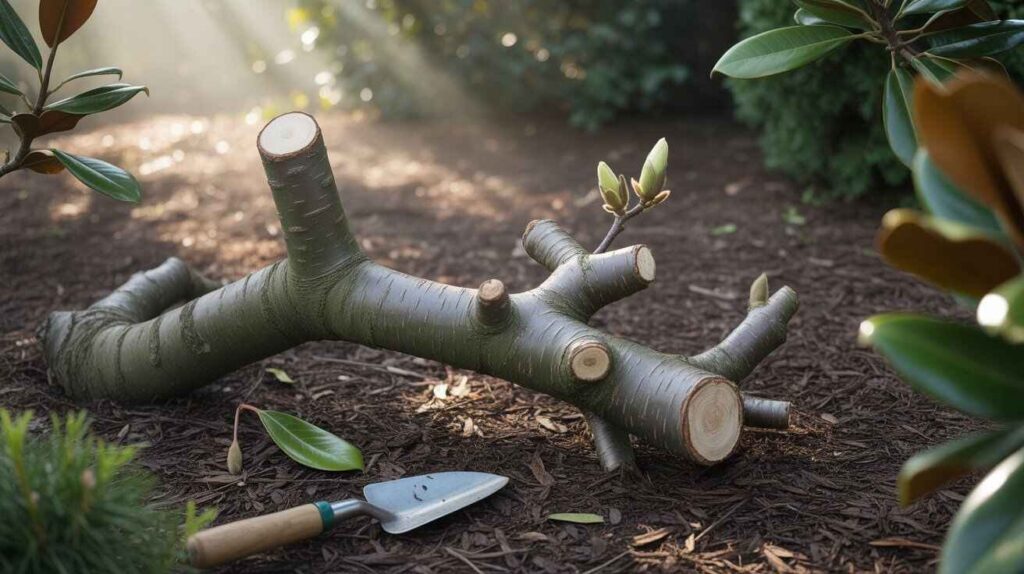
When Should You Hire a Professional Arborist?
Many homeowners ask, can you trim a magnolia tree on your own, or should you call a professional? For small, low branches, DIY trimming is usually safe. But if your magnolia is tall, overgrown, or needs major restoration pruning, hiring an arborist is the smarter choice.
Professionals have the right tools, safety gear, and expertise to protect both you and the tree. When structural cuts or large limbs are involved, expert care ensures long-term magnolia tree health without unnecessary risks.
Frequently Asked Questions
Q1: Can you trim a magnolia tree in summer?
It’s not recommended. Summer cuts often cause magnolia sap bleeding and reduce flowering.
Q2: How do you shape a magnolia tree?
Yes, you can trim a magnolia tree to shape it, but keep cuts light and avoid removing too many buds.
Q3: Will trimming reduce flowers?
Improper magnolia pruning can cut off bloom buds. The key is pruning right after flowering for the best results.

Jhanzaib Khan, with over 50 years of dedication to nature and tree conservation, is a leading authority in the world of trees and environmental care. From his early years exploring forests to guiding communities in sustainable tree planting, Jhanzaib has combined hands-on experience with a lifelong passion for the environment. He specializes in tree species identification, tree care, forest management, and environmental awareness. His insights have been featured in multiple nature blogs, workshops, and local conservation projects.


